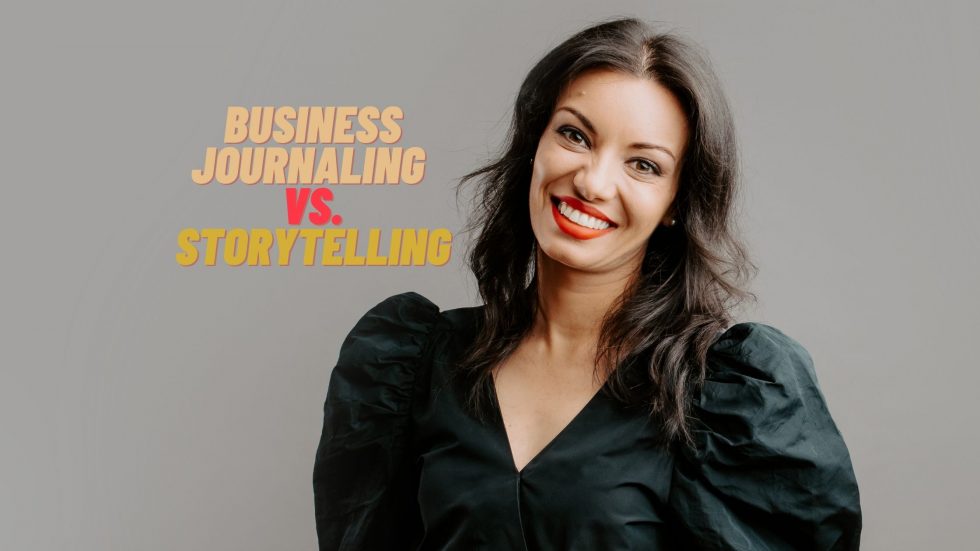
What do Business Journaling and Storytelling have in common?
Did you know that business journaling and storytelling have some things in common?
While storytelling is a process that can support your branding, marketing, pitching and even sales, the business journaling tool brings you multiple results in all these areas and further in your business development.
3 similarities between business journaling and storytelling
⭐ REFLECTION
In Storytelling, reflection will help you consider the main points of your story that you want to convey to your audience in order to create an emotional bond with them. Reflect on why you started your journey, what obstacles you encountered and what is your vision and mission.
In business journaling, reflection is the key to your growth. Instead of going on autopilot, you take a moment and reflect on your processes and decisions in order to learn and progress.
⭐ AUTHENTICITY
Use your authentic voice in your storytelling and your audience will feel that. They will connect with you and appreciate you sharing your own voice.
In journaling, authenticity is one of the main drivers. Your business journal is your safe space to admit what’s working and what’s not, to be honest and vulnerable about the things you need to work on and improve.
⭐ GUIDING QUESTIONS
Having the support of powerful questions will make the process of building your brand story a lot easier. Besides, you will be able to identify what parts of your story are relevant for your audience in order to connect with them on an emotional level.
When you use guiding questions in your business journaling sessions, you will be more efficient, you will gain more clarity and focus and this will get you closer to the results you are looking to create.
3 differences between business journaling and storytelling
While there are surprising similarities between these two powerful tools, let’s also look at the differences between business journaling and storytelling.
⭐WHO IT IS FOR
The art of storytelling is only effective when you have an audience to share your story with. They are your followers on social media or the people in the room listening to you. They are potential customers or collaborators. They are at the receiving end of your storytelling.
In business journaling, it’s just you and your journal. You are writing, the journal is there to provide you with the safe space of your reflection and creativity. No audience, no additional eyes and ears.
⭐HOW IT LOOKS
Stories are a narrative, maybe a bit of dialogue here and there, but mostly a mix of long and short sentences.
In your business journal, the structure can be more abstract. From bullet points to mindmapping, lists or tables, your journal is the transcript of your mind and you need to be the only one who understands the structure.
⭐WHAT IS THE OUTCOME
I like to think of storytelling as a result of meaning, emotions and words put together. It’s both art and science and it serves the purpose of personal branding, marketing, selling, recruiting and even just networking.
On the other hand, business journaling is a process in itself, with various results. You set your clear intention when you start journaling, but the outcome is entirely up to the questions and the structure you create in the journal. The outcome can be making a decision, setting new goals, reviewing activities, brainstorming and even storytelling. In this scenario, journaling is the process, and storytelling is the outcome.
This is the scenario I also use with the people I work with in my Impressive Storytelling Bootcamp.
>> APPLY HERE FOR THE STORYTELLING BOOTCAMP <<
Storytelling is also one of the monthly topics in the Journaling Studio
>> BECOME A MEMBER OF THE JOURNALING STUDIO <<




Add A Comment